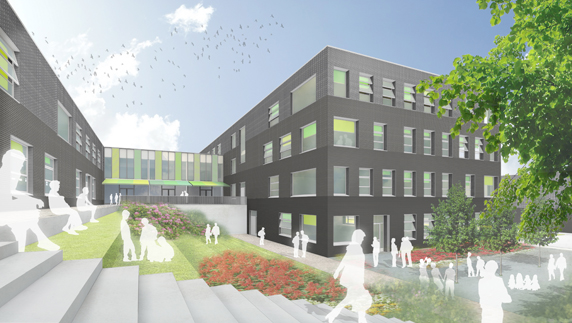Three weeks into my study abroad program, I was required to choose a research topic to study over five months and across three continents. I was angrily throwing a rubber ball against the wall of a hostel in Bangalore, attempting to come up with a solution. What if the topic I chose was obsolete in month three or city number five? What if whatever I decided to study didn’t exist halfway around the world? Could I really identify a best practice applicable to communities ranging from globally-renowned cities to third-world villages? Spoiler alert: No.
There is no such thing as a best practice, and to those who believe in one magic planning solution that applies to every neighborhood in every country on every continent, I not only believe you are wrong, I also believe you are lazy.
In fields relying solely on quantitative data, there may be a simple solution:
Best practice for avoiding lung cancer? Don’t smoke.
Best practice to avoid contracting an STD? Remain abstinent.
Best practice for acing your exam? Choose the right answers.
Best practice for engaging the community? …
Professor Charles Daye at the UNC School of Law was the first person to introduce me to the concept of ‘promising practice’ as a rival to the word ‘best.’ Professor Daye advocated that nothing could be best for everyone. Things could be indicative of success, and can work in certain places, thereby increasing the possibility they will work in other places, but actions aren’t 100 percent transferable – they need specificity and tailoring to the people, places, and things to which they are applied.
Imagine you’re from Burlington Vermont, and you’re listening to a lecture given by a top planner from Arizona. They’re telling you how swimming pools and bilingual street signs led to eyes on the street and increased resident health. It worked in Arizona, so clearly this is a best practice and should be imitated elsewhere. Do you buy the argument? Would swimming pools in a climate with an average March temperature of 31 degrees work just as they would in a city averaging 62 degrees in the same month? Would bilingual street signs have the same effect in a city that is 30 percent Hispanic as it would in a city that’s 1.6 percent Hispanic?
In 2012, the American Planning Association awarded the National Planning Excellence Award for Best Practice to Cool Planning: A Handbook on Local Strategies to Slow Climate Change. The book offers practical guidelines to reduce public footprints and is, essentially, a plan to integrate more transit options and public awareness as the key for reduced climate change. Let’s attempt to transport this best practice into Australia — to cities suffering droughts, uneven rainfall, sweltering temperatures, and snow inconsistencies due to climate change. If we follow the advice of this best practice, and put everyone in the Pacific on a bus and a bicycle, would that fix the problem? Not likely. “In Australia, most of the greenhouse gases causing climate change are from the burning of coal for the production of electricity.” Not transit. Public transportation may be a promising practice, but it is certainly not the best.
I find myself similarly frustrated when reading reports by Projects for Public Spaces (PPS). The international place-making non-profit lacks, in my opinion, the ability to stray from its standard template, which preaches parks and trees and farmers markets. Despite the fact the organization works all over the world in cities with immense differences in their conditions and demographics, I find their proposed solutions lack variation. While their guiding principles may be spot on, their reports are all the same. A precedent doesn’t matter unless it has local applicability. I struggle to make it through their 2010 Open Space Plan for Baltimore when there is lack of insight into the diverse city demographics, different neighborhoods, and traditional dividing lines. How can you create an open space plan for Baltimore without even a reference to Patterson Park or a local example of success and why it was successful?
It takes more than a cut-and-paste solution to fix big problems like climate change or food deserts. When working on a project in Norfolk, Virginia recently, our team spent days on the ground. We drank beers with residents, heard the history of the neighborhoods, planted trees, painted porches, visited churches, and made an intense study of demographics and local trends so we could propose a solution with the greatest chance of actually working.
You can’t change something without an understanding and respect for where it is today. It takes more work, more time, more energy and effort, but it also assures that you won’t transpose a potential solution to a new location without the insight of how to tweak it for sticking power and success.

